In this popular series that features women in the outdoor industry, it is important to note that their opinions are their own. We do not censor here at The WON, and appreciate opportunities that open to further discussion about sometimes controversial outdoor-related topics. ~The Editors
Meet Melissa Hill, a raptor education specialist at the Buffalo Bill Center of the West. Melissa created the popular Draper Museum Raptor Experience at the Center of the West nearly 15 years ago, and still leads this program today.
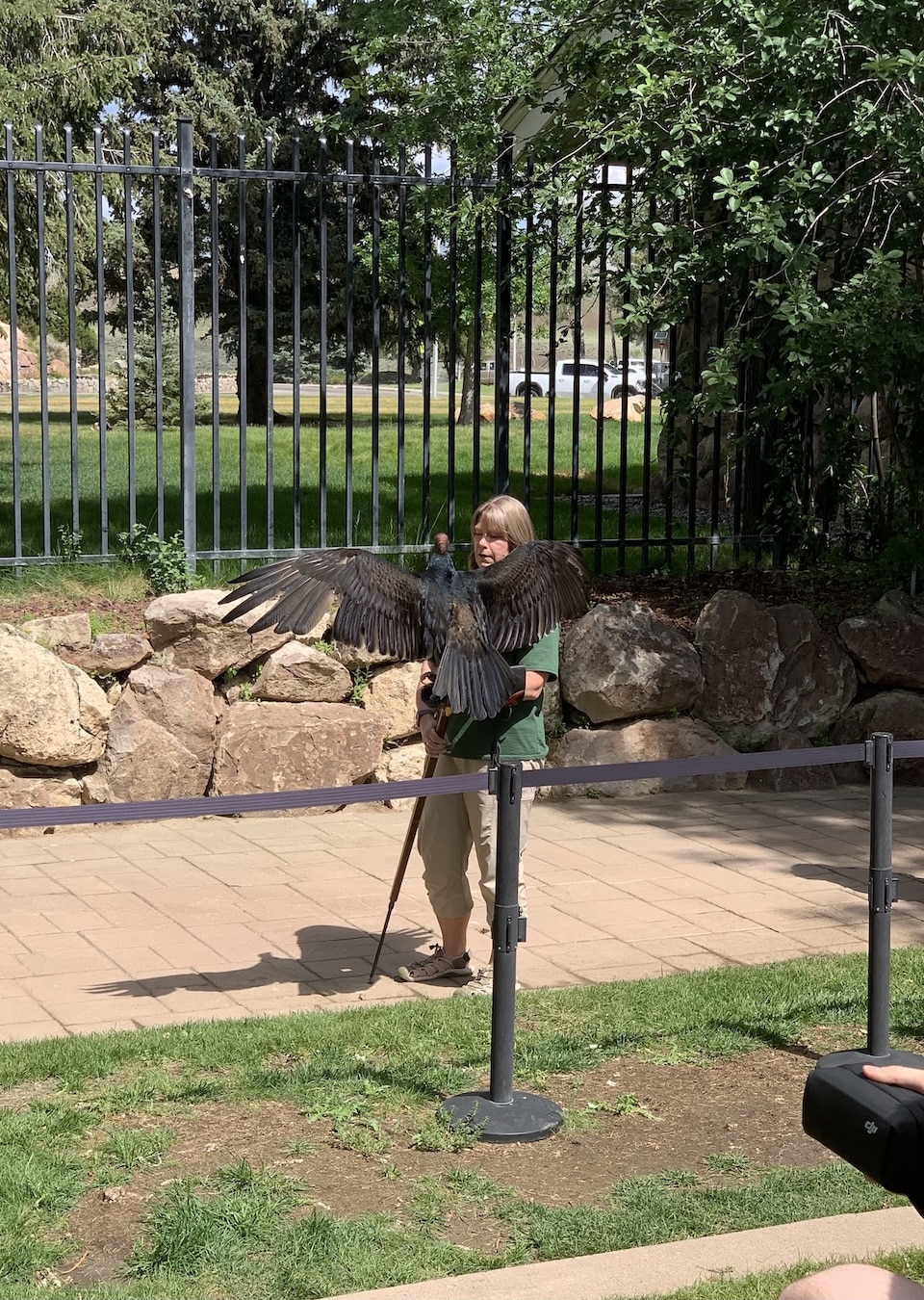
Under Melissa’s direction, the Draper Museum Raptor Experience grew from tentative plans on paper to a wildly popular program featuring 12 birds of prey. These particular raptors are non-releasable due to injuries or other circumstances, and receive a permanent home and care from Melissa and the raptor team.
I had the pleasure of meeting Melissa while I shadowed at the Center of the West earlier this year. That day, a news crew filmed short segments around the Center’s five museums, including a one on the raptor program featuring Melissa, two team members and three avian residents. Anyone watching the filming had extra time to admire these incredible birds, including an elementary school-aged girl. When the film crew left, the girl stated, “I have curiosity,” about Suli, a turkey vulture stretching her wings to catch the sun’s warmth from her perch on Melissa’s arm. It was a privilege to watch Melissa channel this excitement and give the girl one-on-one attention — something that might not have been possible during a standard program.

Melissa added, “While I absolutely love working with raptors, talking to people about them is where my heart is. If I just wanted to work with raptors, I could be a falconer. But I love how excited kids and adults get when you tell them something fascinating about a bird they never thought about before. That educational aspect is where the magic is. The bird draws them in, but the learning is what might inspire them to make changes in their life that could benefit wildlife. That’s really powerful.”
Melissa’s commitment to education has remained constant throughout her career. She’s worked in a wide variety of education settings and with 23 unique raptor species. Melissa volunteered for the Laramie Raptor Refuge while studying at the University of Wyoming, where she found her love for birds of prey and public education. After graduating with a degree in Wildlife and Fisheries Biology and Management, she worked with South Dakota’s Reptile Gardens – managing employees, volunteers and bird training. At the Black Hills Raptor Rehabilitation Center, Melissa cared for injured birds while serving as the assistant director. Then she became lead lecturer at the nonprofit HawkQuest. During that time, she presented occasional programs at the Buffalo Bill Center of the West. Melissa quickly realized she wanted to work at the Center, and began planning for the Draper Museum Raptor Experience shortly after. A few years later, she wrote several educational children’s books about various raptor species, such as this one, titled “Peregrine Falcons.”
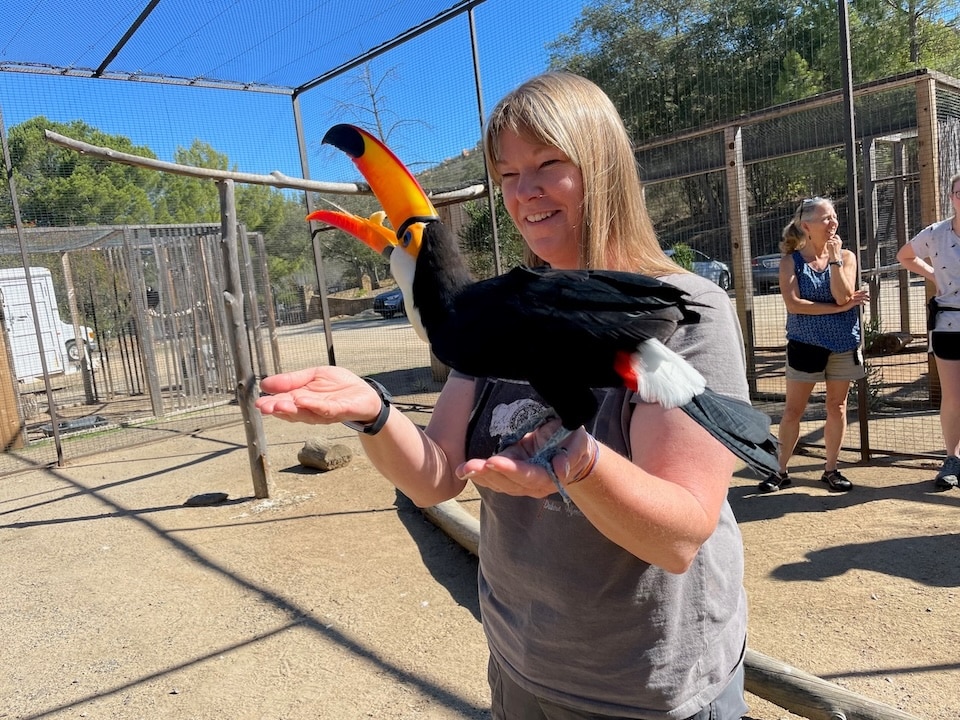
At home, you can find Melissa quilting and crocheting, and enjoying Wyoming’s nature opportunities. “Oh, and spoiling the dogs and chickens,” she writes. As a “self-proclaimed ‘home body,’” Melissa is happiest at home with her animals or when working with her beloved raptors. Read on for this incredible woman’s answers to our six Gal Gab questions.
What does a typical day in your work life look like?
No two days are ever the same! A simple day starts with arriving at work and checking to make sure all the birds are upright and looking good. Next comes breakfast. About half our birds get breakfast either because they take medications twice a day or because they are smaller and need to be fed more often. Every morning, we remove any scraps leftover from dinner, change their water if needed and attend to any maintenance issues that we notice. Once morning chores are done I either head to my office to work on returning emails, creating programming on many levels, etc., or prepare for a program. During the busy summer months we present two programs daily to guests of the Center of the West. In the non-tourist season, we are busy with programs at local schools or virtual programs with students across the globe. Throughout the day we perform a lot of general husbandry tasks – beak and talon trimming as needed, weekly laser therapy for some birds, cleaning and the like. At the end of every day, we feed everyone dinner, pull out food for the next day so it can thaw and do one more check on everyone before we lock up and head home.
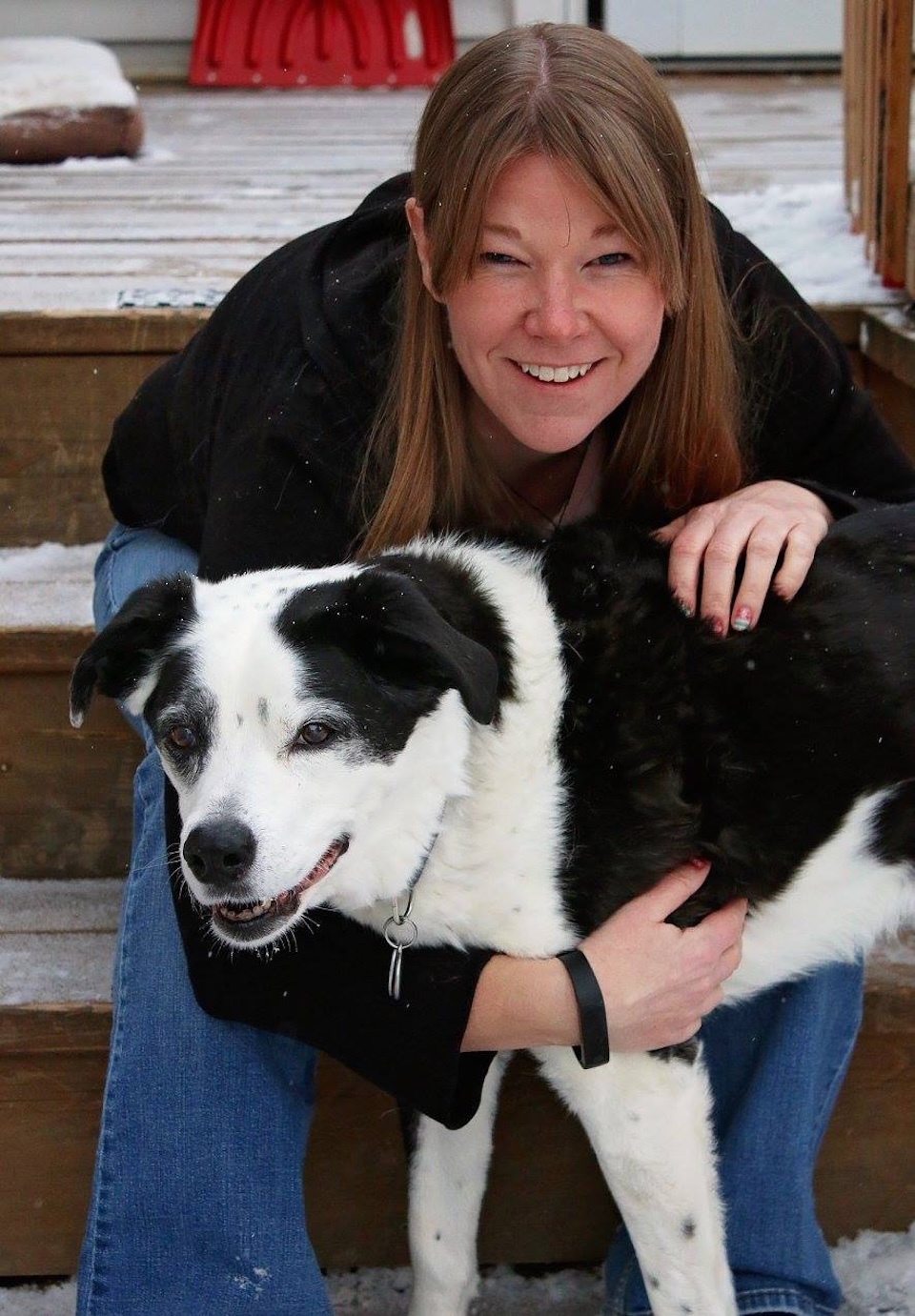
What is the #1 piece of advice you would give other females who want to break into your industry?
Don’t give up. Working with animals is hard, low-paying, thankless work in most cases and it is incredibly hard to get your foot in the door. But don’t give up if it is truly your passion and dream. Volunteer or intern as much as possible to get experience and try not to get discouraged if it takes a long time to break into the field.
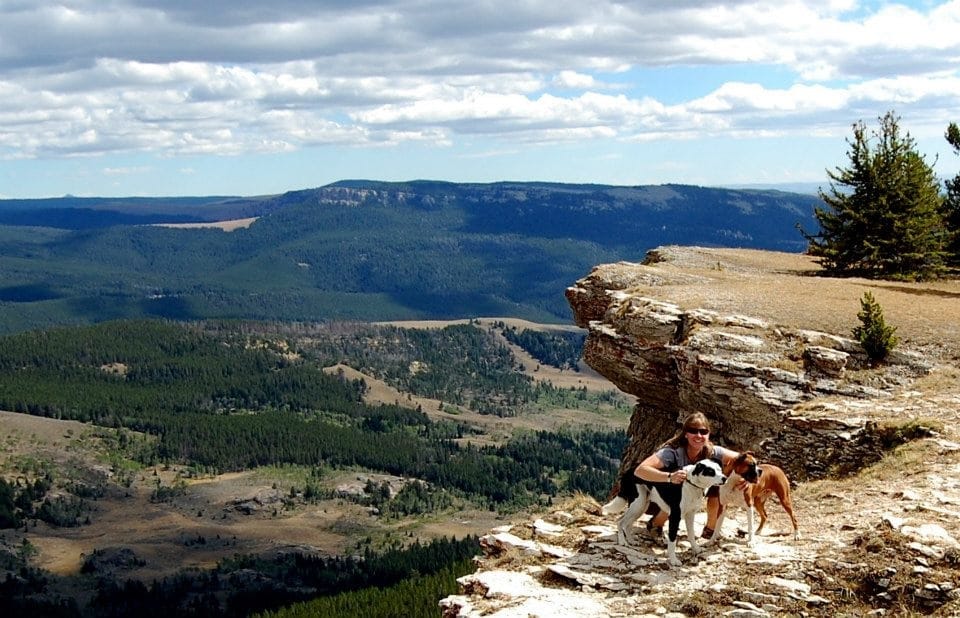
What motivates you?
My love of the birds. From the first moment I held a raptor, I knew I wanted to work with these birds forever. I love that I not only get to work so closely with my favorite animals on earth, but I get to teach people about them and hopefully my passion will rub off on a few. The more people who love raptors, the better chance we have of creating a better world for raptors to thrive in.
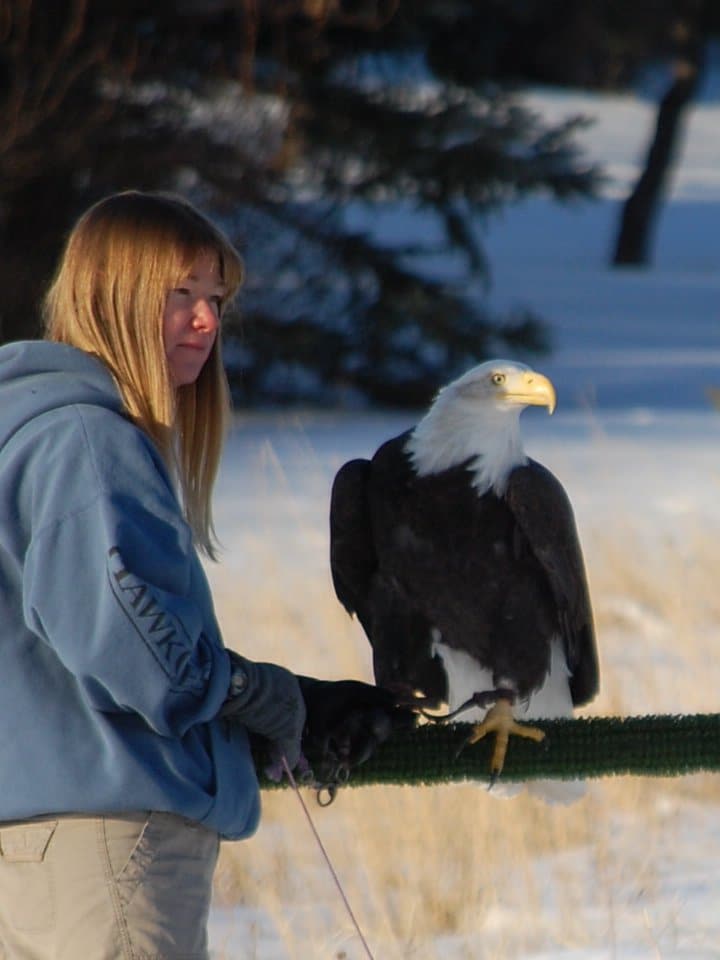
What is the most unexpected thing you’ve learned while working in your industry?
How many people think a Red-tailed Hawk is a Golden Eagle. I was fortunate to grow up on the Great Plains where wildlife is abundant. I often forget how many people are city-dwellers and don’t get to see the amazing wildlife that I do. A hawk is so obviously a hawk to me because I’ve been obsessed with them for 28 years and have worked with birds ranging from a few ounces to over 15 pounds. I forget that a Red-tailed Hawk is very often the biggest bird many people have seen. When I remember that, it’s easy to understand how they can mistake one for an eagle.
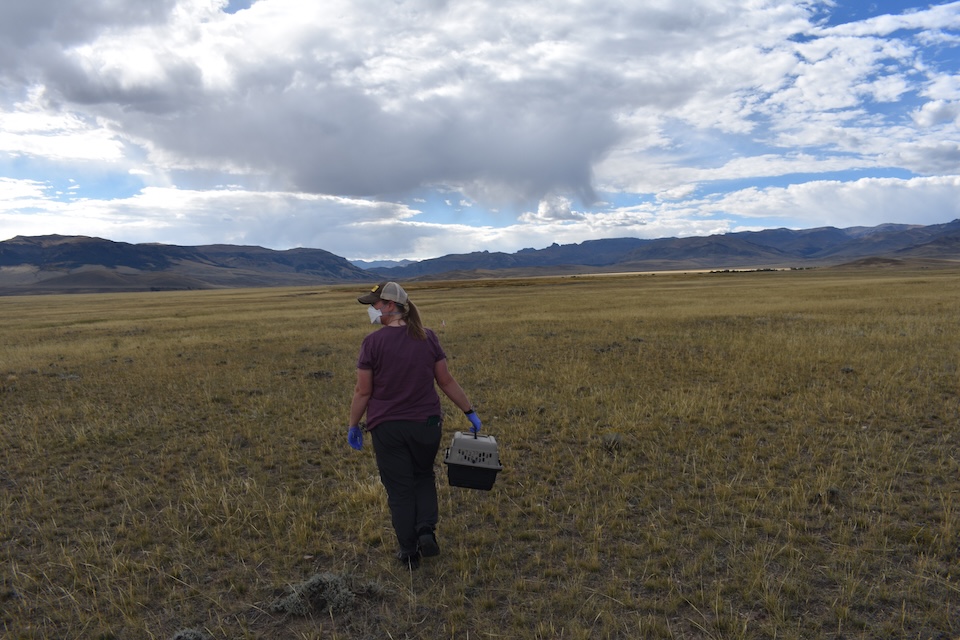
What is your favorite product in the outdoor or shooting market right now?
Non-lead ammunition. When a study revealed that half of America’s eagles currently suffer from chronic lead poisoning, I was shocked. There is no reason that our avian scavengers should be dealing with such a devastating and 100 percent preventable ailment. If hunters use only non-lead ammunition there will be no lead fragments for the scavengers to feed on. Hunting is a huge help to scavengers. Non-recovered animals and gut piles provide easy meals in some of the hardest times of the year. But when it is tainted with lead bullet fragments, that life-saving meal becomes deadly. All we have to do to eliminate this problem is choose non-lead ammunition.
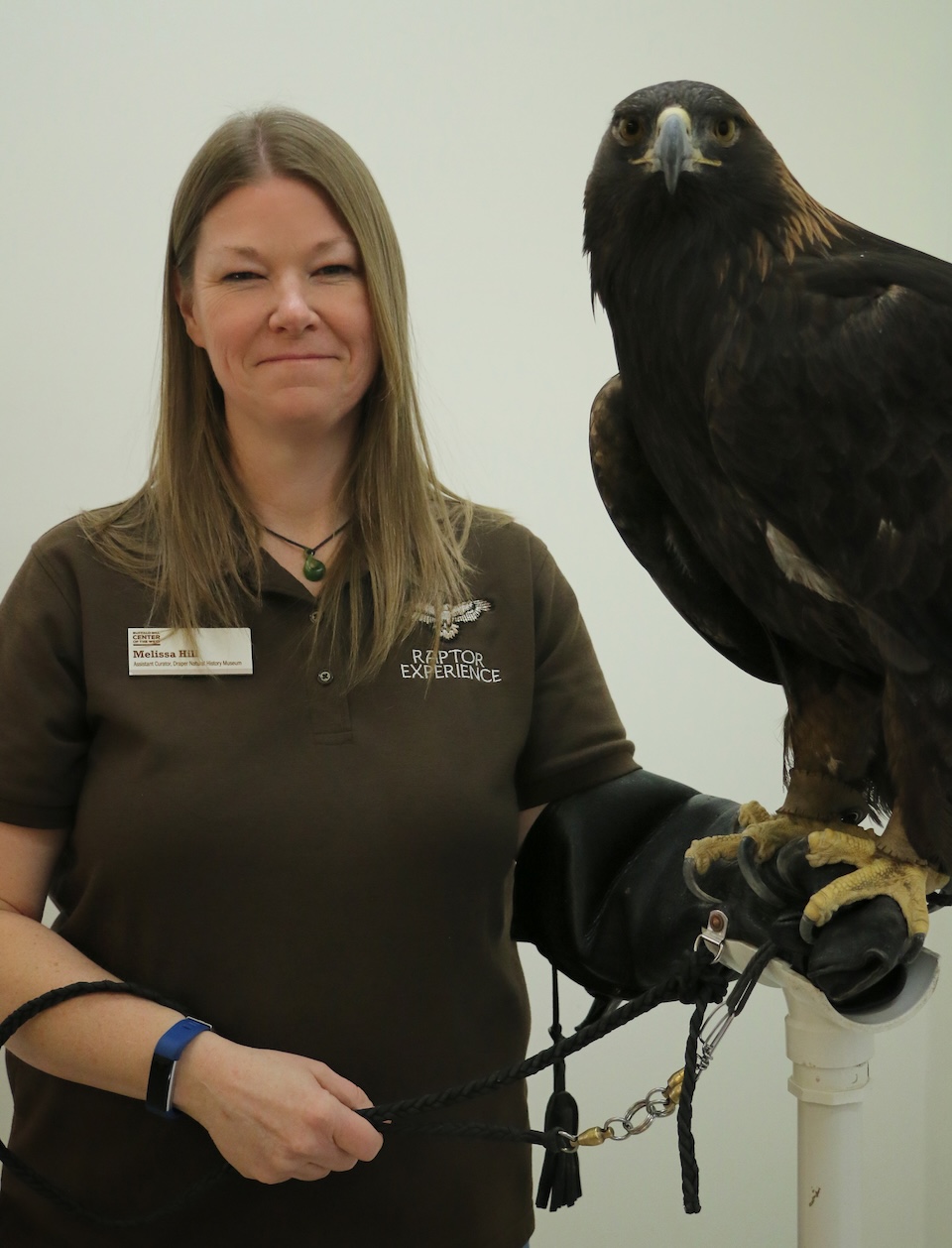
What weapon would you use to battle a giant?
Can I claim a raven as my weapon? They are smart, curious, and that beak is a serious chisel that can do some damage. I’d train that raven to distract the giant while I found a way to bring it down – maybe tying its feet together or having the raven chase it over a cliff.
Follow Melissa Hill on LinkedIn and the Draper Natural History Museum on Instagram and Facebook.
Madeleine Golob, formerly “Anna,” is our intern at the “Women’s Outdoor News,” and manages the “Gal Gab” column. She also pens features and takes care of our Pinterest activities. Madeleine is a high school student who loves to write, read, study her family’s genealogy and play any musical instrument she can get her hands on. She also enjoys working Action Pistol matches while her parents compete and dreams of becoming a historian and writer. View all posts by Madeleine Golob
Start the Conversation